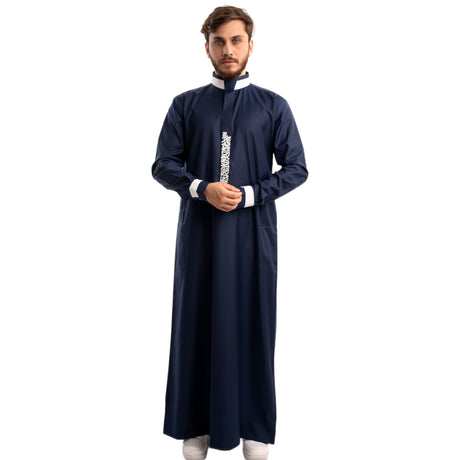
Cultural diversity is an essential aspect of our society, enriching it with different traditions, beliefs, and customs. However, stereotypes often limit our understanding and appreciation of other cultures. One way to break these stereotypes and celebrate cultural diversity is through fashion. In the case of men's attire, thobes offer a unique and stylish option that transcends boundaries and promotes inclusivity.
Thobes: A Brief Overview
Thobes, also known as dishdashas or kanduras, are traditional garments worn by men in various Middle Eastern and North African countries. They are typically ankle-length, loose-fitting robes with long sleeves and a collarless neck. While thobes come in a variety of colors and styles, white is the most common color worn in the Arabian Peninsula.
Key Features of Thobes:
- Ankle-length robe
- Loose-fitting silhouette
- Long sleeves
- Collarless neck
- Available in different colors and styles
Breaking Stereotypes through Fashion
Fashion has the power to challenge stereotypes and misconceptions by showcasing the beauty and diversity of different cultures. By embracing thobes as a fashion statement, men can promote inclusivity and appreciation for Middle Eastern and North African traditions.
Benefits of Embracing Thobes:
- Promotes cultural exchange and understanding
- Challenges stereotypes and biases
- Celebrates diversity and inclusivity
- Encourages dialogue and mutual respect
- Creates a sense of unity and harmony
Thobes in Modern Fashion
In recent years, thobes have gained popularity beyond their traditional cultural context and have been embraced by fashion designers and celebrities around the world. Modern interpretations of thobes incorporate contemporary elements, making them versatile and stylish garments for various occasions.
Ways to Style Thobes:
- Pair with sneakers for a casual look
- Accessorize with a belt for a more tailored silhouette
- Layer with a jacket or blazer for a formal event
- Experiment with different colors and fabrics for a personalized touch
- Add traditional accessories like a keffiyeh or agal for an authentic touch